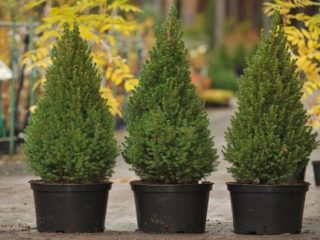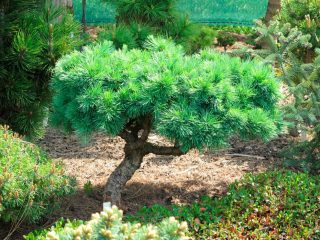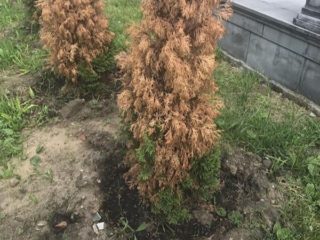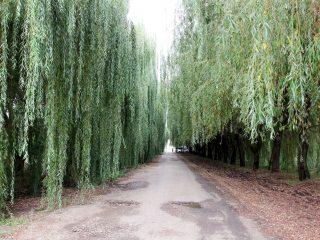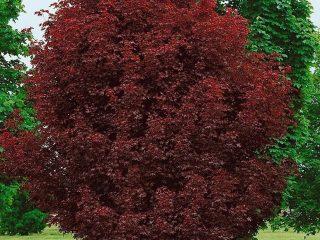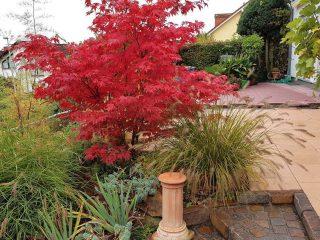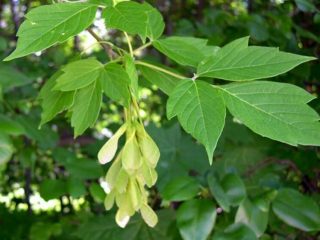Content
Pennsylvania ash is a picturesque representative of the Olive family with non-standard leaves and a spreading crown that creates a pleasant translucent shadow. It adapts easily to extreme climatic conditions and is widespread in Europe and much of the western United States.
Description of Pennsylvania ash
Pennsylvania ash is a deciduous tree that grows in moist lowlands, floodplains, and stream banks in North America. Thanks to its high adaptability, it has spread beyond its natural range and become naturalized on the European continent.
Young Pennsylvania ash trees are covered with smooth gray bark. With age, it thickens, cracks and becomes covered with distinct diamond-like ridges.
The rather extensive root system does not have a pronounced core. Thanks to this, the tree is resistant to strong winds. In flooded areas, the root system regenerates and forms additional roots, which provide Pennsylvania ash with anaerobic respiration throughout the entire period of flooding during the growing season.

The tree has complex, odd-pinnate plates with grooved, pubescent rachis
Each leaf of the Pennsylvania ash tree consists of 5-11 oblong-lanceolate or oval segments with a wedge-shaped base and a pointed apex. They are sessile or attached to ultra-short petioles. The plates are pubescent along the veins below, and bare above. The leaves grow up to 30 cm long and change color depending on the season. In summer they are gray-greenish, in autumn they are golden-yellow.
The flowers of the plant are not very decorative and bloom in April-May before the leaves appear. They are heterosexual and cover the entire upper part of the crown. Staminate flowers are in loose panicles, pistillate flowers are in short lateral inflorescences.
A month after fertilization, in place of the female flowers, drooping clusters of oblanceolate lionfish appear, ripening in August-September. Young fruits are green. As they ripen, they turn yellow or brown.
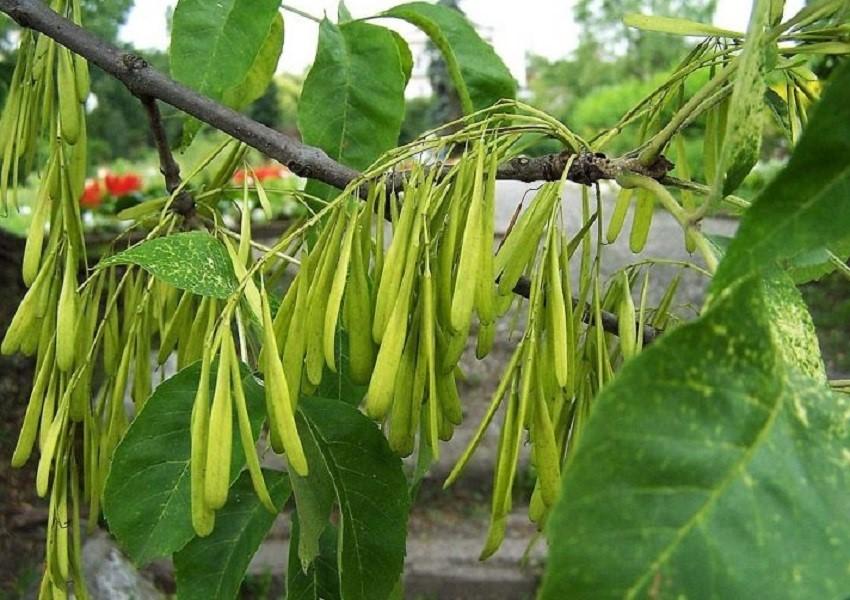
The fruits can stay on the tree all winter
Crown shape and height of Pennsylvania ash
Pennsylvania ash belongs to the medium-sized category. The height of an adult tree is 15-25 m, and the trunk diameter is 60 cm.

Young specimens have a pyramidal crown, later it acquires a round, often irregular shape.
Lifespan of Pennsylvania Ash
Under favorable conditions, the tree lives up to 150-300 years. At first, it is characterized by rapid growth and annually stretches by 50 cm. The tree begins to bloom and bear fruit at the age of 15 years.
Varieties
Pennsylvania ash comes in two forms: common and variegated (aucubifolia). The latter is characterized by the decorative colors of the leaves.

The decorative plates are painted in a light green shade with multiple cream and golden inclusions
Advantages and disadvantages
Pennsylvania ash tolerates frosts down to -35 0C and grows in all climate zones of the Northern Hemisphere. The powerful root system of the tree perfectly holds soil together, which makes it possible to use it to create soil protection strips.

Ash of this type is immune to air pollution and takes root in cities better than ordinary ash
Pros:
- fast growth rates;
- good adaptability;
- high frost and wind resistance;
- undemanding to soil quality.
Minuses:
- vulnerability to pests.
Landing Features
Pennsylvania ash grows well in sunny areas with neutral, fertile soil rich in organic matter and calcium. It does not tolerate saline soils and develops very poorly next to conifers.
It is better to plant Pennsylvania ash in regions with cold climates in the fall, proceeding in the following sequence:
- In the selected area, dig a hole measuring at least 50x80 cm.
- A drainage layer of crushed stone or broken brick is laid at the bottom.
- A mixture of humus, sand and turf soil in a ratio of 2:1:1 is poured into the hole and a hill is formed.
- A seedling is placed in the center and covered with the remaining soil so that the root collar is slightly above ground level.
The tree is watered with cool, settled water and, after waiting for the moisture to be absorbed, mulched.
Care instructions
The unassuming Pennsylvania ash species easily adapts to any conditions and requires standard care, which includes:
- Watering. In the first weeks after planting, the soil under the young trees is moistened daily. Later, watering is carried out only during dry periods at the rate of 10-15 liters of water per 1 m2 crown size.
- Soil treatment. The soil in the tree trunk circle is regularly cleared of large weeds and loosened to a depth of 7-20 cm. To slow down the evaporation of moisture, the soil is mulched with peat.
- Feeding. In early and late spring, nitrogen-containing compounds are added to the soil under Pennsylvania ash. In autumn the tree is fed with nitroammophoska.
- Shelter for the winter. Although Pennsylvania ash tolerates frost well, young trees are best protected from the cold. In preparation for winter, the tree trunk circle is covered with fallen leaves, and the trunk is wrapped with covering material.
The common form of Pennsylvania ash tolerates variegated prunings. Therefore, the procedure is carried out only in extreme cases and in small volumes.

The cutting areas must be treated with garden varnish.
Diseases and pests
Pennsylvania ash is susceptible to pest attacks. Its foliage is eaten by the pine beetle, the seeds by weevils, and the branches and bark by the pine beetle. The tree is also defenseless against the gray-yellow tinder fungus, which causes red-brown heart rot, and the fungus Neetva gebigena, which causes wood cancer. These diseases cause serious damage to Pennsylvania ash, including necrosis of the trunk and branches.
You can protect the tree with sanitary felling, early seed collection, and spraying with fungicides and insecticides. To destroy the ash beetle, two-time treatment with Karbofos is used. Application of Decis or Kinmiks is effective against ash blight.
Application in landscape design
Due to its high decorative value, the Pennsylvania ash species is successfully used for landscaping.

A well-developed crown and openwork shoots of the tree remain attractive, regardless of the time of year.
Pennsylvania ash looks spectacular against the backdrop of artificial ponds and surrounded by other plants. It combines organically with rowan, larch, maple and linden.

To highlight the beauty of other perennials and bushes, the tree is planted as a background plant at the edge of the site
Conclusion
Pennsylvania ash is a beautiful tree with lacy shoots and unusual winged fruits. Its durable textured wood is used for the production of parquet boards, staircase parts, sports equipment and handles for household tools, and the bark, buds, flowers and leaves are used in alternative medicine.





